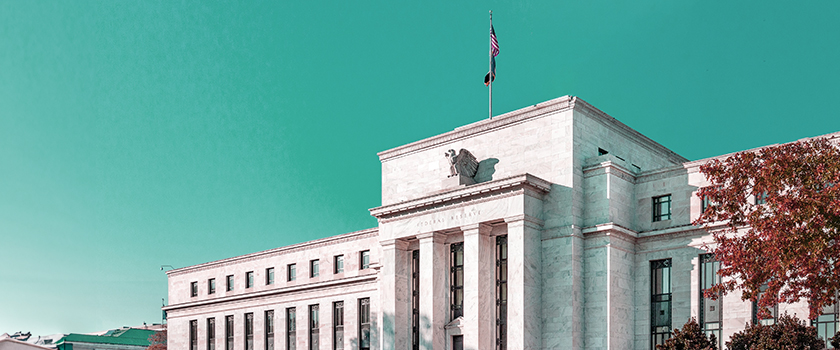The year started with volatility in rates, as the 10-year Treasury yield oscillates amid shifting market dynamics.
Investors remain caught between resilient economic growth, persistent inflationary pressures, and a Federal Reserve in no hurry to cut rates. This backdrop supports our expectation that the 10-year Treasury yield will reach 5%, driven by structural shifts in Treasury issuance, inflationary effects from tariffs and immigration, and the continued normalisation of term premia.
In credit markets, spreads remain near multi-decade lows, leaving limited if any room for any additional compression. A modest widening in spreads, coupled with a slight rise in rates, would erode fixed income returns to levels offered by a simple money market fund, reinforcing our decision to tactically underweight fixed income from 3/5 to 2/5 and reallocate towards hedge funds.
Our assumption of ‘coupon-minus’-type returns on both investment grade and high yield for the year is the catalyst for diversifying into other sub-classes while keeping duration relatively low. Agency mortgage-backed securities (MBS) offer an attractive yield pick-up and a higher credit rating, while senior loans provide high carry with no interest rate duration exposure. Additional tier 1 (AT1) bonds continue to stand out, supported by strong bank capitalisation and regulatory safeguards.
While our tactical stance has softened, fixed income remains compelling for long-term investors. All-in yields above 5% on investment-grade bonds provide a meaningful buffer against volatility, encouraging a selective duration extension and reinforcing a strategic allocation to high-quality credit.
Download our UBP Headlines for our experts’ insights.










